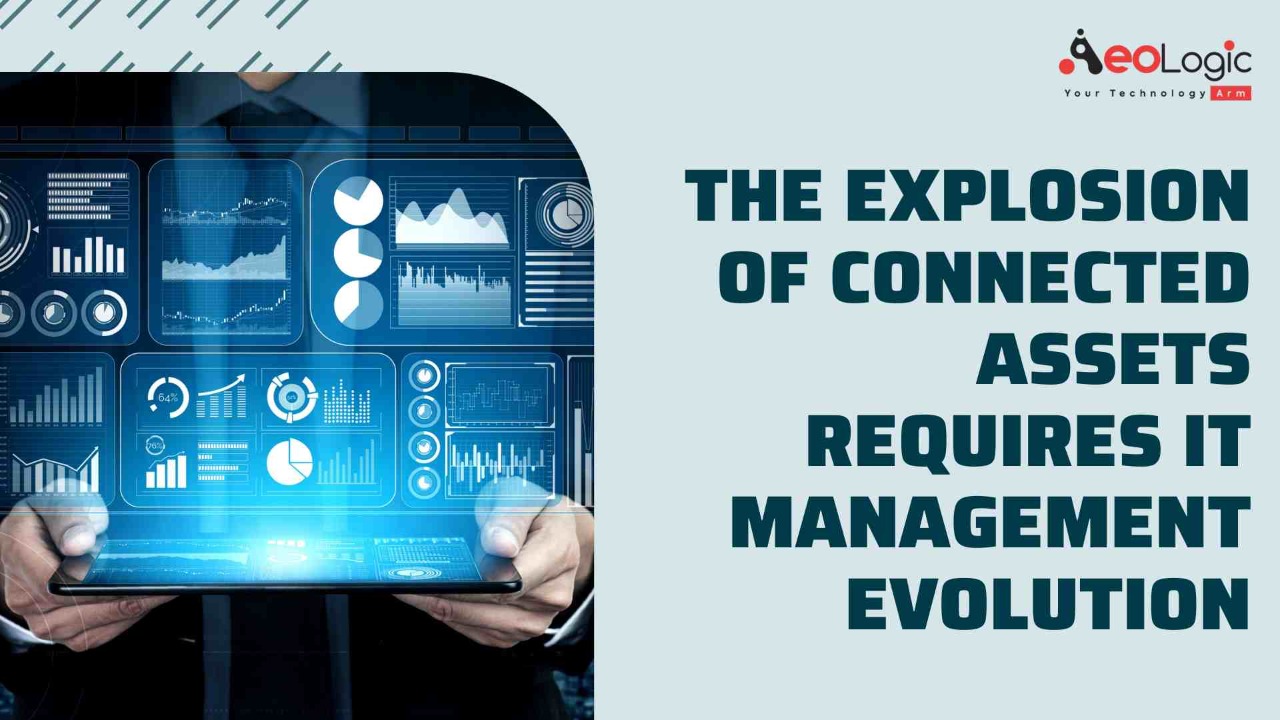With the advent and utilization of faster speed and reduced expectancy of 5G, an increase in the industrial use of connected devices is expected. The huge growth of these connected devices increases the number of potential cyber risks. And outside the security concerns, the explosion of connected assets require IT management. IT leaders need to re-think how they’re attending connected asset management. To start with, learning and sustaining an accurate inventory of device ecosystems is important. To establish a single source of truth to operate effectively and reduce IT risk. Therefore, doing so helps companies stay on top of software updates. As well as avoid opening themselves up to unnecessary risk due to patchable vulnerabilities.
Also, visibility is crucial in providing a holistic view of device ecosystems. Whilst the end-to-end configuration and audit and policy monitoring capability helps IT, leaders. It aids them in understanding appropriate device activity and monitoring risk controls.
Also read: How to Elevate your Organization’s Use of Data Analytics?
Creating an IoT Operations Budget
The best approach to creating an Internet of Things (IoT) operations budget involves understanding the end-to-end technology model. And then breaking down the key components required to grow and operate the service. This signifies breaking the service down into its key components. And hence developing the end-to-end support model. In an IoT setting, knowing who, where, when, and how each device will be operated and supported is key. Additionally, to protect IoT at the device level, the IT must team also considers ways to protect access and data. Since it moves through the network. Several everyday security issues arise at the network level. Whether they are software currency, firewall rules, network configurations, or known vulnerabilities.
As with IT operations, automation enables security teams to move beyond the nuts and bolts of these basic security tasks. Hence, they can concentrate on overall process integrity. Automation, specifically, automated networks, is a major part of connected asset management.
Moreover, the “hyper-automation” of networks frees IT teams from the tedious task of managing hardware and software. As well as associated misconfigurations so they can focus on faultlessly delivering business services. Hence, connected assets require IT management.
Asset Discovery Tools
Applying an asset discovery solution should help maintain an accurate device inventory. Which is then the ground for securing those devices. Another important factor for the visibility of IoT device ecosystems is understanding whether devices are tightly coupled with other devices. Also, the applications to achieve the desired business outcome.
Although tightly coupled IoT has security implications. Such as when the password is updated on a device; the app linked needs to have that updated in it. Knowing all devices through discovery and knowing the tightly coupled applications in the ecosystem are the most visibility factors. Thus, these connected assets require IT management to avoid security threats. There are three key methods for organizations to secure their connected devices:
- ensuring InfoSec policies are being implemented to IoT devices
- making sure that those addressing IoT devices have the training and tools to secure those devices
- ensuring that there is a compliance/audit process in place that can address the issue of scale with IoT devices.
Preventing Blind Spots
Furthermore, the number one challenge for IT teams when managing and protecting IoT devices is visibility. The potential to identify what is being used, how it is being used, and by whom. It is a must from both a security standpoint and an efficiency standpoint. And it will create a blind spot. (https://pragermetis.com) There are so various types of IoT devices. Ranging from Wi-Fi to Bluetooth to 5G. Organizations should prioritize which ones need to be tracked from a license/software perspective. Particularly as connected devices have a vast impact on enterprise security. Recognizing the connected assets are the highest priority will help in directing your resources. When we talk about IoT, we’re talking about data. So, data management needs to be a key component of your strategy.
Also read: How Deep Learning Can Help Your Enterprise
Conclusion
Therefore, the evolution of products and connected assets require IT management. Smart, connected products are gradually transforming opportunities for value creation in the market. A revolution is underway in various industries. However, the effects are spreading to other industries that use or could use smart, connected products, including services. And the impact of smart, connected products is still in the early years.
If you are looking to implement these changes in your organization, then contact the industry experts at Aeologic Technologies.
FAQs?
Why do you need to manage assets?
Asset management allows the organization in keeping track of all its assets. It can tell the location of the assets, how they are used, and the changes made to them. The data from the asset management solution allows asset recovery. It leads to better returns.
What are the techniques for managing assets?
Asset tracking, Preventive maintenance, Work order handling, and Asset auditing are the few techniques of asset management.









